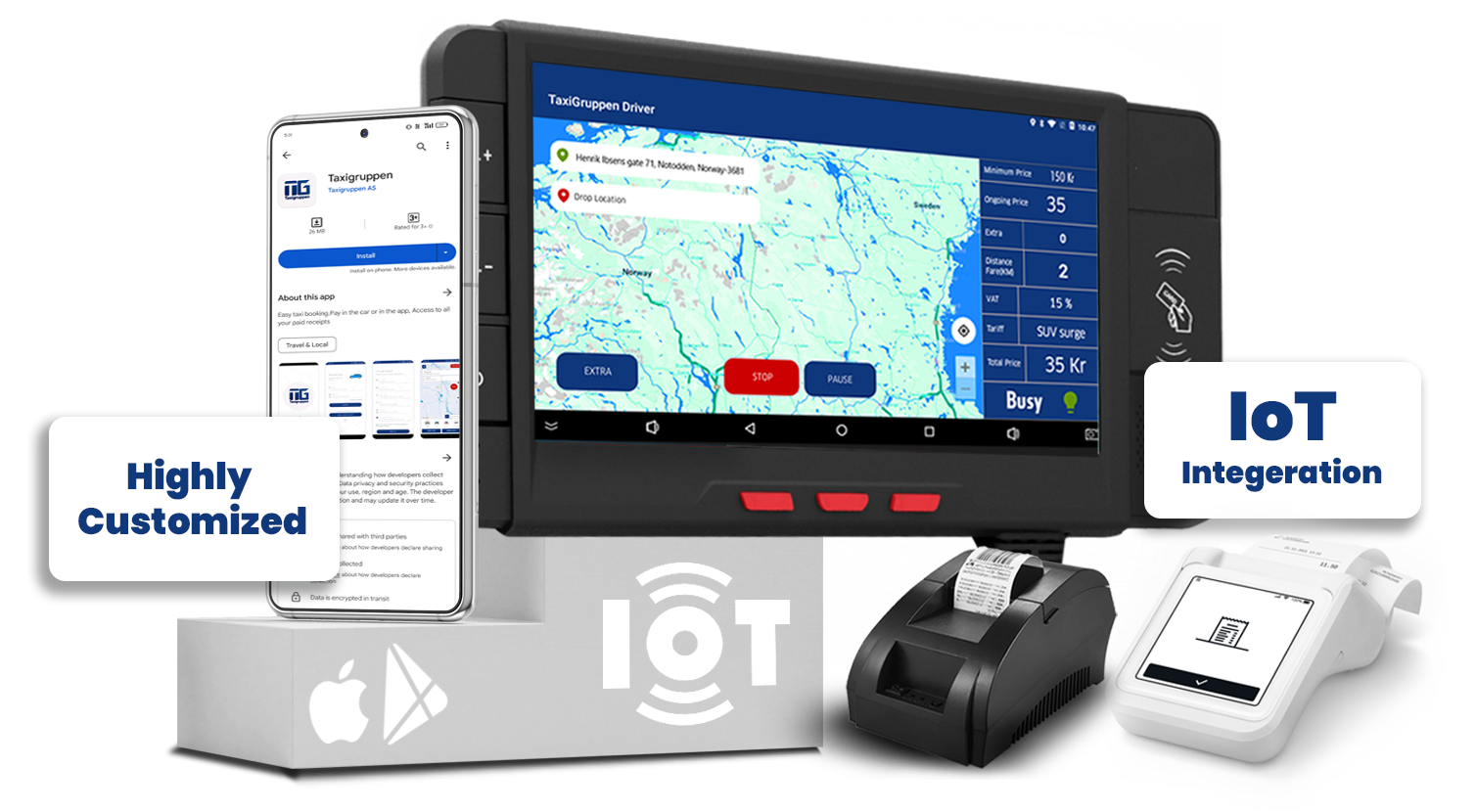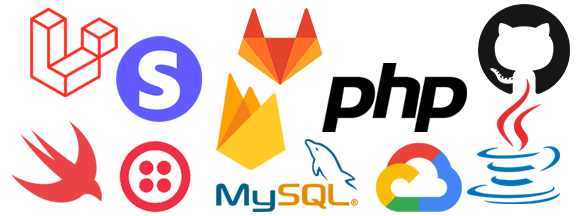
A thermal printer generates reports, details about distance traveled, and payment information for physical invoice printouts. We conducted extensive testing and analysis before enabling the printout option in offline mode. The taxi meter records trip information and invoice printing.

The app development allows for extra pricing, cashback offers, automatic tariff-surge pricing, and dynamic cost adjustments, as well as customer incentives. This guarantees user engagement and profitability.

Taximeters, odometers, and rooftops are used more effectively. The integration of the devices is inspected multiple times in the development environment. At Uplogic Technologies workplace, we made a complete car setup. We build the car model with a taximeter simulator, an odometer simulator, and GPS integration. With a car-like setup, we checked the workings out of the box.

This system proposes combining three technologies: RFID tag and POS card payment integration. In simpler terms, it allows for the identification of drivers to make easy logins (using RFID), contactless payments via cards (using POS), and processing those payments wirelessly at a point-of-sale system and making the print. This creates a streamlined process for tasks like inventory management and secure transactions.


 Norway's Pioneering IoT and AI-Integrated Taxi App
Norway's Pioneering IoT and AI-Integrated Taxi App
















